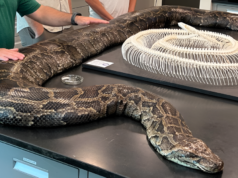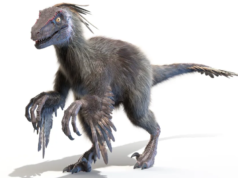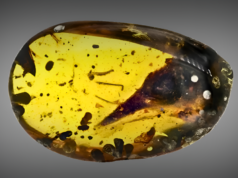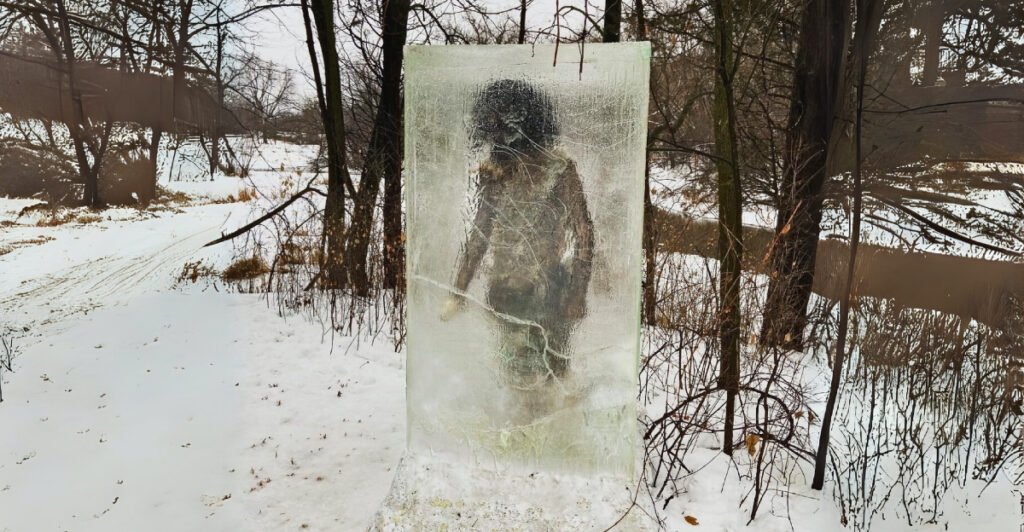
Imagine stepping into a frozen time capsule, where ancient creatures, long extinct, have been perfectly preserved in ice. These remarkable discoveries offer us a rare glimpse into the distant past, capturing the essence of life from thousands of years ago. From mammoths to prehistoric insects, these are 12 prehistoric creatures perfectly preserved in ice.
1. Cave Lion Cub
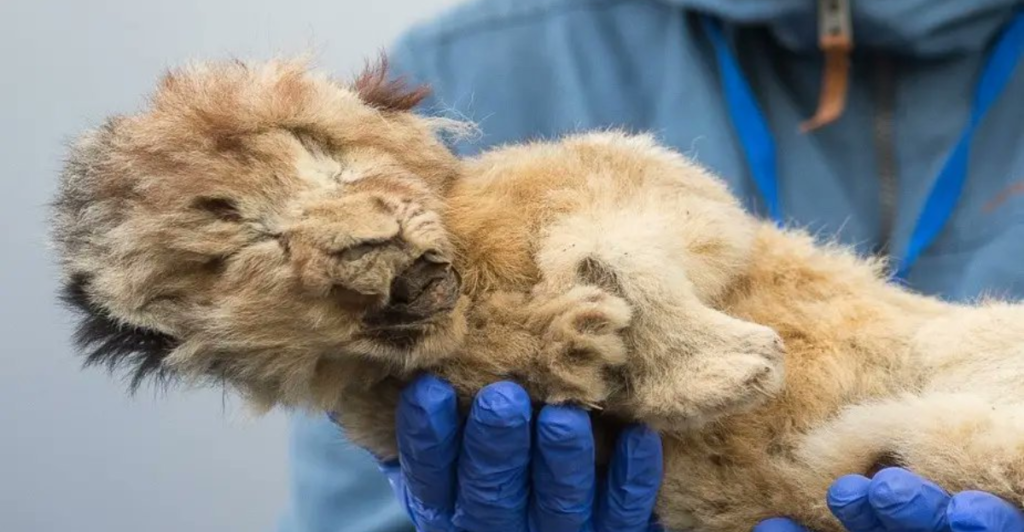
Discovered in eastern Siberia in 2017, this mummified female cave lion cub, named Sparta, is one of the most remarkable finds from the Ice Age. Estimated to be around 28,000 years old, her remains are so well-preserved that even her whiskers and fur are intact. While the exact cause of her death isn’t definitively known, Sparta likely died suddenly during a mudslide. Researchers are studying her remains to learn more about the behavior and ecology of cave lions, which were apex predators of their time.
2. Steppe Bison
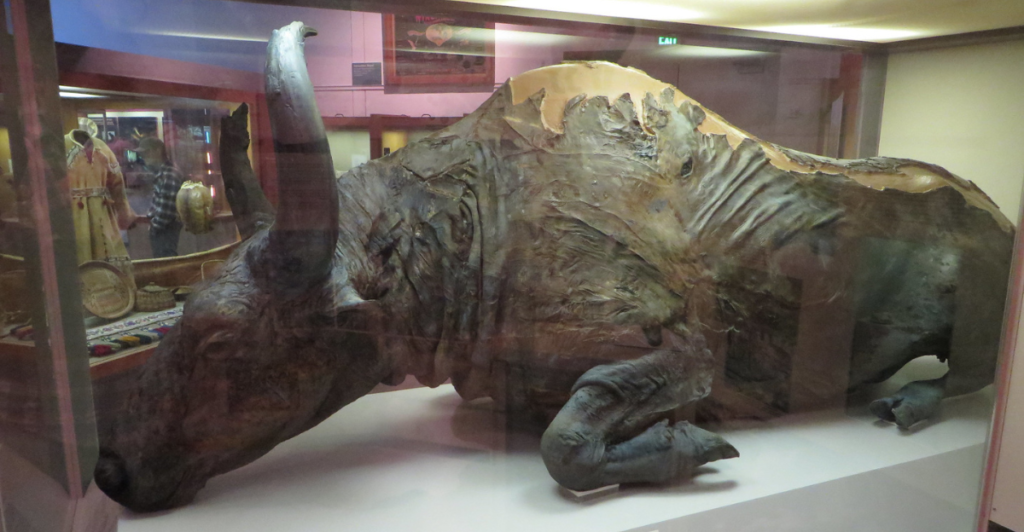
In 2011, a remarkably preserved steppe bison was found in northern Siberia, dating back approximately 9,000 years. This specimen is particularly significant because it includes soft tissues such as a complete heart and brain, with blood vessels still in excellent condition. In 2022, researchers in Russia conducted a necropsy on a steppe bison that had been preserved for 8,000 years. The remarkable preservation of the bison has led some scientists to speculate that it might be possible to clone the animal using intact chromosomes found in its skin, muscle, and wool.
3. Frozen Foal
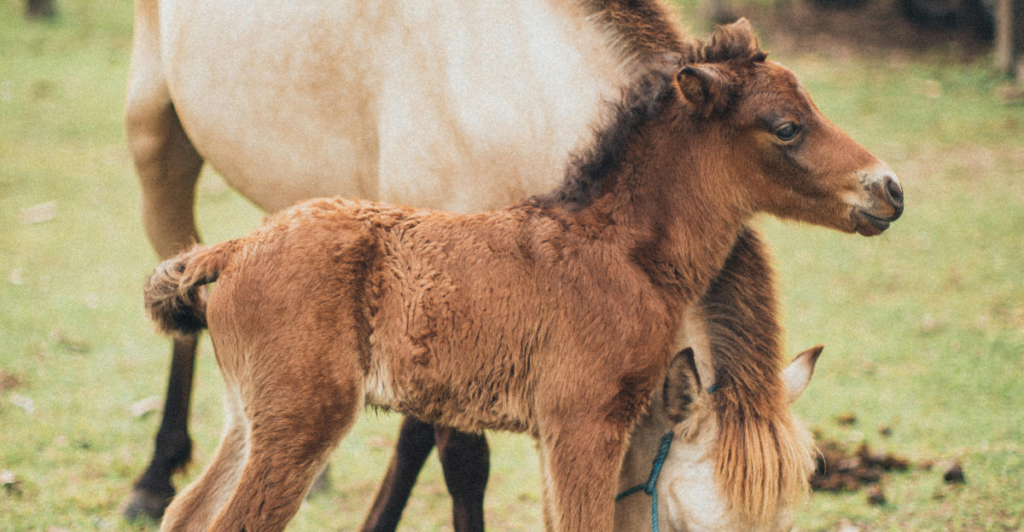
In 2018, researchers uncovered a well-preserved foal believed to be around 30,000 to 40,000 years old in Siberia. The young horse’s remains are astonishingly intact, with its hooves, skin, and even its tail preserved. This foal likely died in a sudden event, such as a flood or mudslide, which helped protect its body from decay. The discovery offers a unique opportunity to study the genetics and physiology of prehistoric horses and their adaptations to Ice Age environments.
4. Mummified Mammoth (Nun Cho Ga)
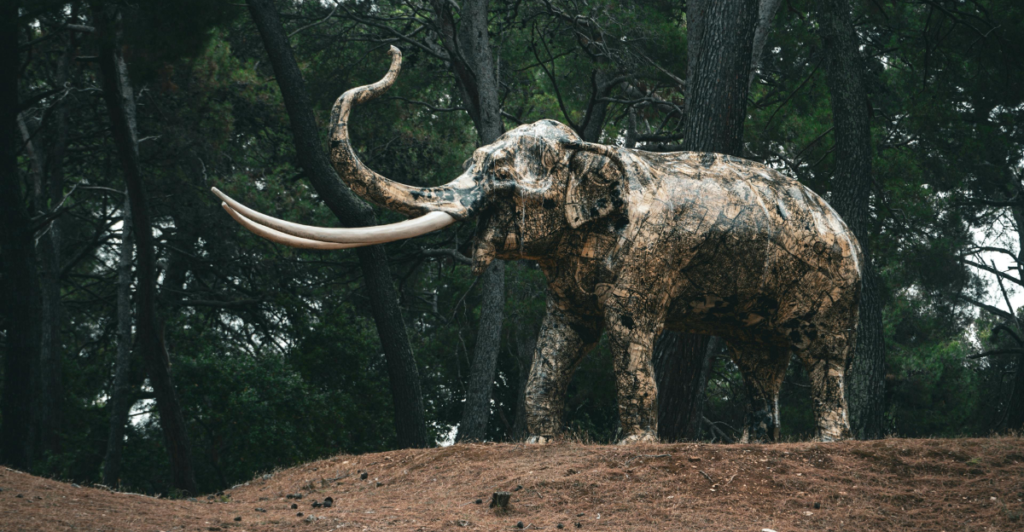
In 2022, gold miners excavated a baby woolly mammoth from Canadian permafrost, marking a groundbreaking find in North America. This female calf, named Nun Cho Ga, is estimated to be around 30,000 years old and is considered the most complete mummified mammoth ever found on the continent. Her remains include hair and skin that are remarkably well-preserved. Scientists are excited about this discovery as it provides crucial information about mammoth biology and their responses to climate change.
5. Prehistoric Bear
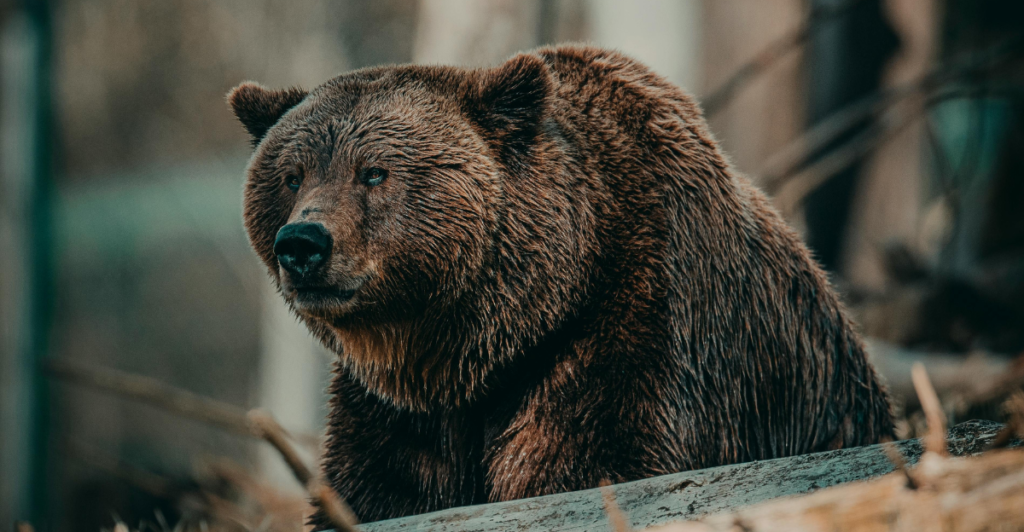
In 2020, reindeer herders in Siberia stumbled upon what was initially thought to be a cave bear, but later, research revealed it to be a brown bear that lived around 3,460 years ago. The specimen is notable for its remarkable preservation state, allowing scientists to study its physical characteristics and understand the ecological dynamics of bears during that period. This finding contributes to our understanding of bear evolution and adaptation.
6. Hibernating Squirrel
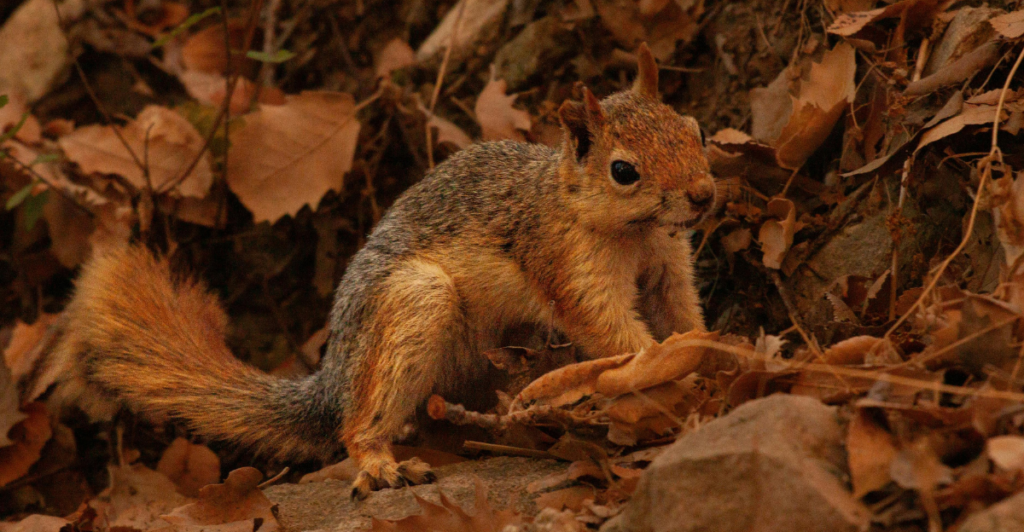
A mummified Arctic ground squirrel, dating back approximately 30,000 years, was discovered in Canada’s Yukon territory. This specimen was found curled up in a hibernation position within the permafrost. Its preservation allows researchers to examine its physiology during hibernation and gain insights into how ancient climates affected small mammals’ survival strategies during harsh winters.
7. Preserved Wolf Pup
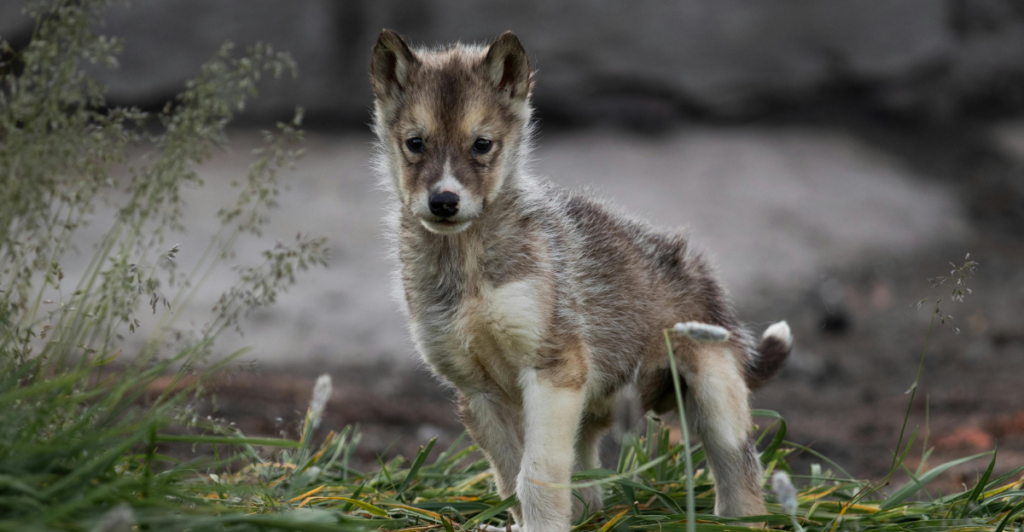
In 2016, Canadian gold miners uncovered an incredibly well-preserved female gray wolf pup named Zhùr that lived approximately 57,000 years ago. At just seven weeks old at the time of her death, her remains are nearly complete except for her eyes. The pup’s preservation offers a rare glimpse into the life of wolves during the Pleistocene epoch and provides valuable data on their development and ecology.
8. Woolly Rhinoceros
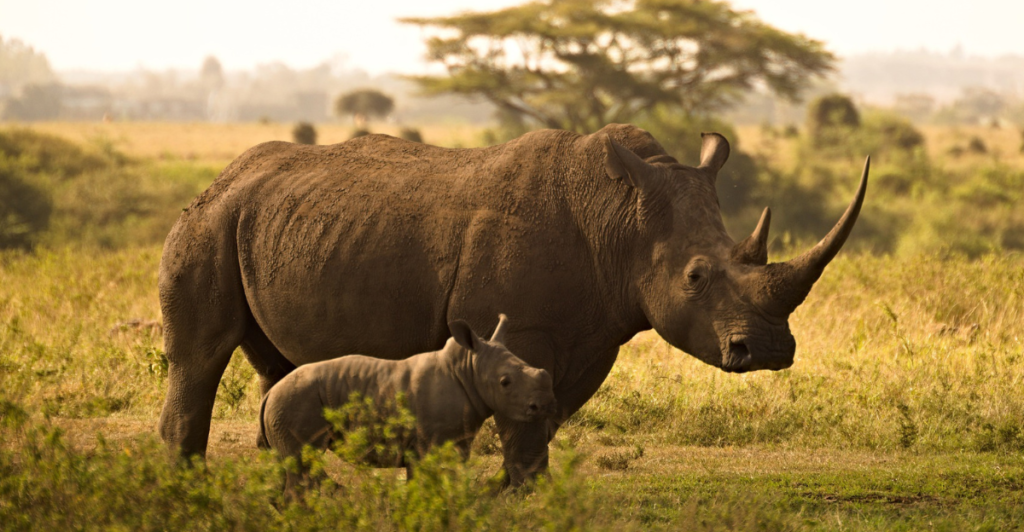
Remains of woolly rhinoceroses have been found in Siberia over the years; one notable specimen revealed in 2007 showcased details about their anatomy and lifestyle during the Ice Age. These large herbivores were adapted to cold climates and had thick fur coats along with a layer of fat for insulation. The preserved remains help scientists understand their diet and habitat preferences as well as how they interacted with other species.
9. Lena Horse
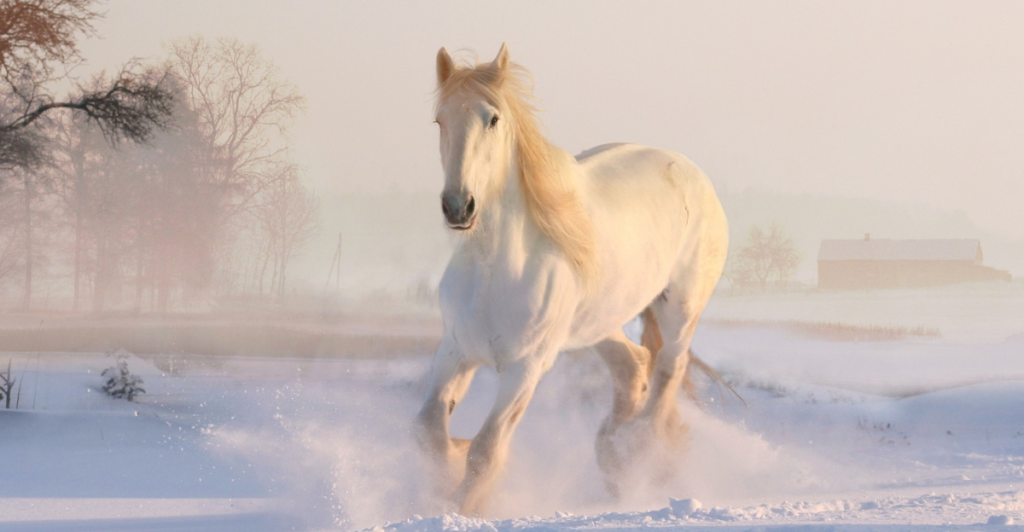
In 2018, researchers discovered a Lena horse specimen with the oldest known liquid blood at around 42,000 years old in Siberian permafrost. This horse species was adapted to survive extreme cold conditions during the Ice Age. The remarkable preservation of this specimen allows scientists to study its genetics and physiology further and provides insights into how horses adapted over millennia.
10. Prehistoric Penguin Colony
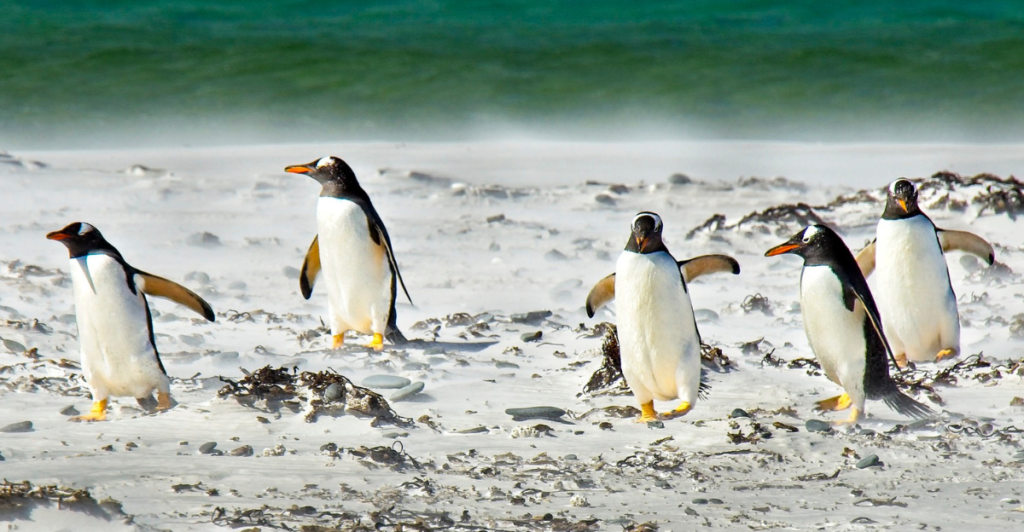
In Antarctica, scientists uncovered remnants of an ancient Adélie penguin colony believed to be between 800 and 5,000 years old. The findings include bones and guano deposits that reveal details about their diet and nesting habits during that time period. This discovery sheds light on how climate changes have impacted penguin populations over thousands of years.
11. Woolly Mammoth (Yuka)
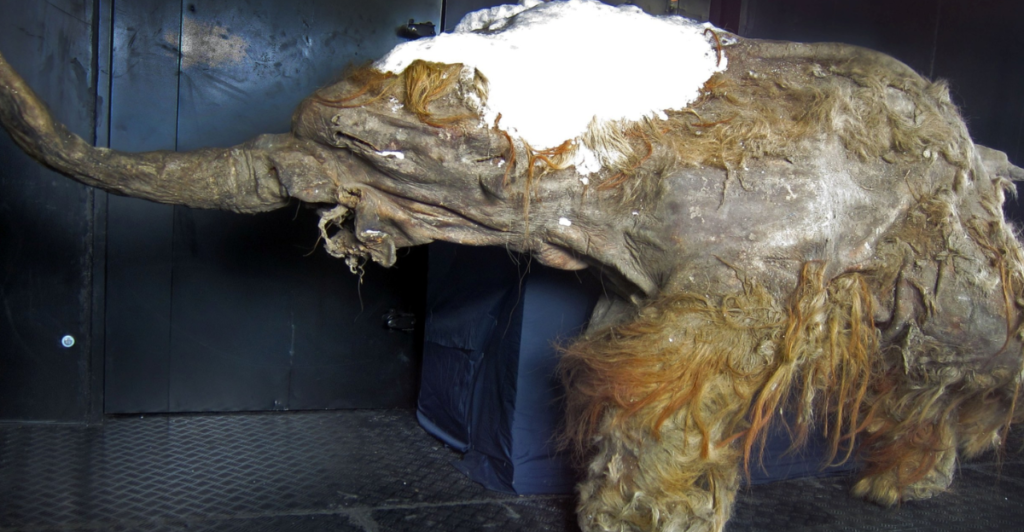
Discovered in Siberia in 2010, Yuka is one of the most intact woolly mammoths ever found, with soft tissues preserved remarkably well, including its brain! Estimated to be around 39,000 years old, Yuka’s condition allows researchers to investigate aspects of mammoth biology that were previously unknown, including their health conditions at death and environmental adaptations.
12. Mummified Cave Bear
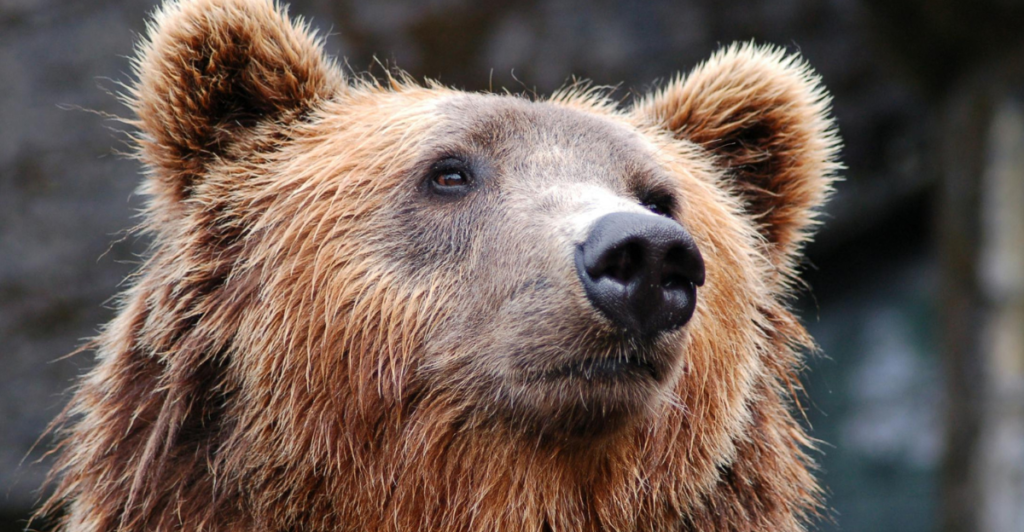
Another cave bear specimen found in Siberia dates back around 22,000 years ago and provides significant insights into this extinct species’ behavior and ecology during the Ice Age. The preservation state allows scientists to study its skeletal structure and understand more about its diet and habitat preferences.
Source:
8 Prehistoric Animals That Have Been Found Trapped In Ice
Disclaimer: This article was written with the assistance of AI and was edited/fact-checked by a human.
Stay connected with us for more stories like this! Follow us to get the latest updates or hit the Follow button at the top of this article, and let us know what you think by leaving your feedback below. We’d love to hear from you!


